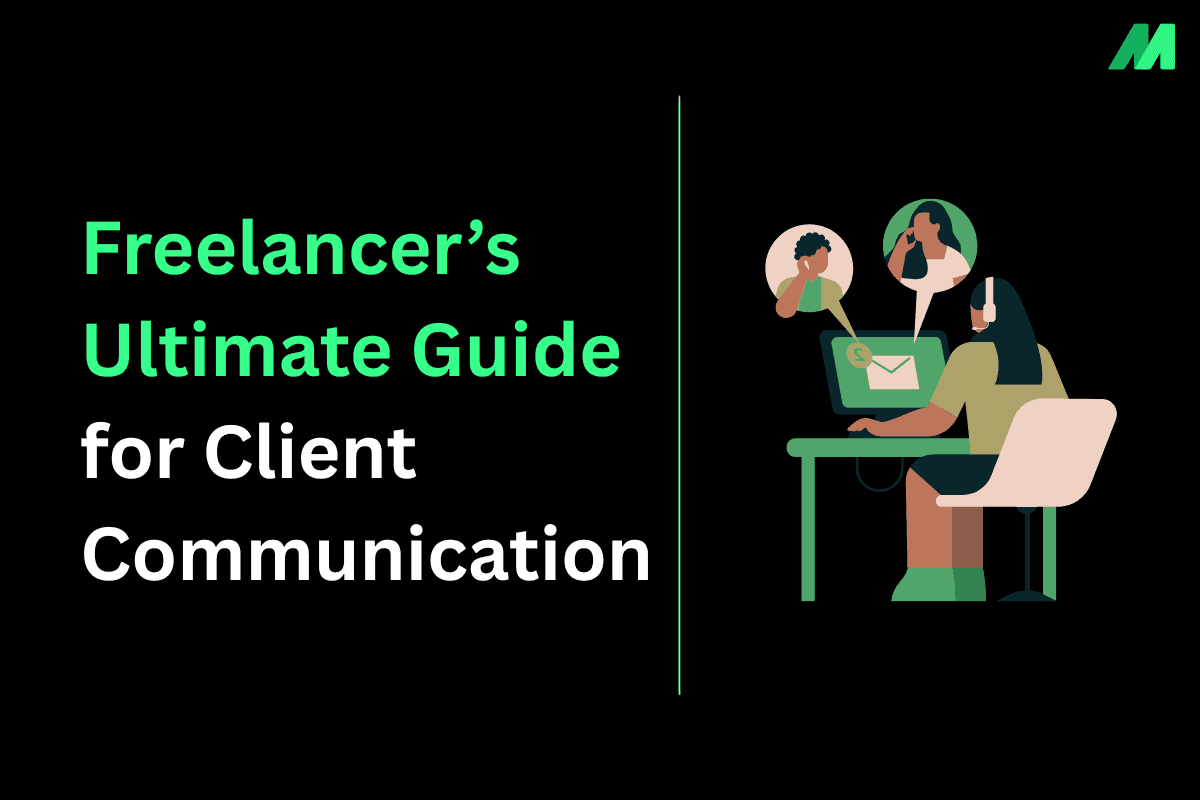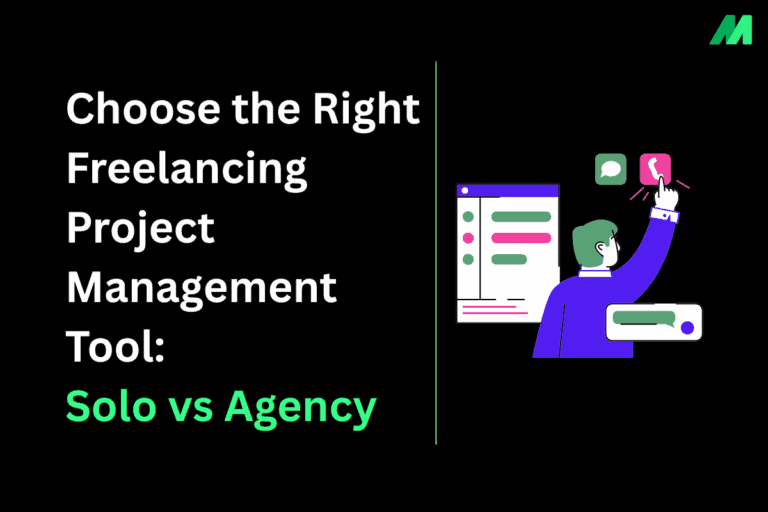In the modern, fast-paced, remote-first business world, best practices for communicating with clients have become the fundamental foundation of successful relationships. Client communication is no longer just about the sending of emails or the occasional call. It has become a planned, intentional, and transparent component of relationship building and project advancement. Whether you are leading a call with a client, presenting remotely in a high-stakes situation, or attempting to create an efficient workflow using the newest collaboration tool around client communication, what you say by way of communication says a lot about your professionalism.
Best Practices for Client Calls, Video Meetings, and Remote Presentations
Whether you are meeting a client by phone or through video, it often serves as the point at which rapport is developed and trust is built, or potentially lost. To be effective, it is helpful to think about the meeting as a three-phase process: preparation, during, and after.
1. Preparing for Success
Preparation is critical to every successful client call! Start by thinking through your purpose. Are you providing a status update? Presenting an idea or proposal? Or are you simply looking for some feedback? Once you have thought through the purpose of the call, prepare a short agenda to share with the client ahead of time. This is a way you can show respect for your client’s time and make sure you stay on a focused point of discussion.
Equally as important is your technical setup. It is recommended to test out your internet connection, microphone, and camera ahead of time. Also, keep any supporting resources available to share the screen if needed, such as PowerPoint slides or reports. Little steps like testing before the meeting reduce potential interruptions and enhance the client experience.
2. Conducting the Meeting
When the call starts, time and attendance count. Log in a few minutes early, wear a professional outfit, and double-check that your background is free of distractions. Establishing confidence at the beginning will set the standard for the rest of the meeting.
When discussing, communicate clearly. Eliminate jargon, simplify your take on complex ideas, and, when able, utilize visuals. Most importantly, listen. Notes, responses to your clients’ concerns, and clarifying questions build rapport and show that you both understand each other.
3. Delivering Remote Presentations
Presenting from a distance takes more work to earn attention. Keep slides clean and simple. Think visuals, specific key numbers to call out, and impact rather than text-heavy slides. Even framing your narrative in a storytelling approach (problem → solution → impact) can make it memorable.
To earn and maintain engagement, add in some interactivity like Q&A breaks, polls, and even screencasting the presentation to annotate on screen. Most importantly, stay in the agreed-upon timeframe. Clients will respect a concise and valuable presentation far more than a long, drawn-out presentation.
4. Following Up
A meeting can only be deemed genuinely successful if it produces clear next steps. Within 24 hours, you should send a follow-up email that outlines the discussion, any decisions that were made, and which individual (or individuals) would be responsible for next steps or to take action. Following up solidifies accountability and helps prevent confusion. Asking for prompt verbal or written feedback about the effectiveness of the meeting demonstrates that there is a commitment to continuously improving.
Integrating Messaging and Collaboration Tools to Streamline Client Communications
Meetings are one part of the client communication puzzle. Reliable tools are necessary for day-to-day collaboration, tracking project work, and sharing documents. In our digital-first world, emails are inefficient. By combining the best messaging and collaboration tools for clients, your business can create coordinated workflows in plain sight.
1. Choosing the Right Tools
Start by choosing tools that your client can use. If you’re just looking to communicate with your client quickly, utilize a messaging application: Slack, Microsoft Teams, and WhatsApp Business are some of the best choices. When you are looking for a video call, consider Zoom, Google Meet, or Teams again, since organizations like them have already facilitated a lot of professional calls and calls in general. When you need to explicitly track work progress, I recommend using a project management software, like Trello, Asana, or ClickUp, that allows you to see timelines and what can be delivered. Finally, if you need a place to share files, applications like Google Drive, Dropbox, and Notion will serve you well for storing files with easy access and sharing.
2. Building a Connected Ecosystem
The real magic behind these tools comes when they can work together. For example, Slack can be connected to Google Drive and Zoom, creating one ecosystem for conversations, documents, and meetings. You can set up dedicated channels on Slack as project channels with the consideration of each individual’s desk or workspace around a given project to keep track of everything. Conduct models of work.
Onboarding a client with some of these studies should also be made as easy as possible. Provide instructions asynchronously or a quick walkthrough in your first session to limit needless friction. It is also important to find a balance with your notifications. Set up your notifications so you are never missing out on the urgent emails from clients, but you don’t have devices shouting at you when you are working on other things.
3. Setting Clear Guidelines
Once tools have been established, it’s important to establish expectations around their use. Define the parameters of each platform—messaging applications for daily updates, emails for formal communication, and video calls for robust discussions—and let clients know your expected response times, like 24 hours during the work week.
Being transparent is of utmost importance. Use project boards to provide updates, blockers, and progress in real-time. Doing so allows for minimal calls while still providing clients with the comfort that they are being informed.
4. Benefits of Integrated Collaboration
The immediate gain from this streamlined communication is significant.
Teams now have time to do other work than respond to a myriad of operational-level email conversations, and accountability is clear when using task-tracking systems.
Clients also have faith or trust in their project page, without having to rely on written or verbal re-confirmation from team members.
Strong collaboration tools can build trust, and everyone appreciates that they are building a solid, trusting relationship.
| Communication Practice | Purpose / Benefit | Recommended Tools | Tips for Best Use |
| Pre-Meeting Preparation | Ensures clarity and smooth execution | Google Calendar, Trello, Asana | Share the agenda in advance, test the tech setup, and have documents ready. |
| Client Calls & Video Meetings | Build rapport and share updates | Zoom, Microsoft Teams, Google Meet | Join early, maintain a professional presence, actively listen, and avoid jargon. |
| Remote Presentations | Convey ideas clearly and engage clients | PowerPoint, Google Slides, Canva, Miro | Keep slides minimal, use storytelling, add Q&A or polls, and respect time limits. |
| Follow-Up Communication | Reinforces decisions and accountability | Email (Gmail, Outlook), Slack | Summarize key takeaways, assign action items, and request feedback |
| Instant Messaging & Quick Updates | Streamline day-to-day communication | Slack, Microsoft Teams, WhatsApp Business | Set clear response expectations, use dedicated channels per project |
| Task & Project Management | Track deliverables and responsibilities | Trello, Asana, ClickUp, Monday.com | Use clear deadlines, update progress regularly, and make boards client-accessible if needed. |
| File Sharing & Collaboration | Centralize documents and resources | Google Drive, Dropbox, Notion | Organize files by project, ensure permissions are set correctly, and keep version control. |
| Integrated Communication Ecosystem | Reduce tool fragmentation, improve efficiency | Slack + Google Drive + Zoom integration | Connect tools for seamless workflow, avoid duplicate updates, and maintain searchable histories. |
Clear, professional communication is no longer a nice-to-have; it has become a differentiator among competitive industries. When you prepare for the client call and deliver an engaging presentation updated to modern-day communication tools to move your business forward, this allows you to become a reliable partner exhibiting transparency and appreciating efficiency.
Communication is much more than expecting words to combine into information. It is part of your brand promise and identity. The way you communicate is defined by how the client perceives your skill and professionalism. Master these practices, and every client interaction will be another opportunity to build trust and expand your business.




